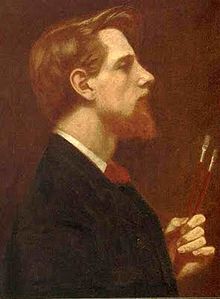Thomas Gotch was born on December 10, 1854, Kettering in the county of Northamptonshire.
1854 - 1931
Thomas Gotch
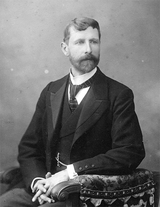
description
Thomas Cooper Gotch was an English artist, a prominent representative of the first wave of a famous creative colony – the Newlin School of painting.
Born into a Victorian well-to-do family of a middle class, was the fourth son. His family members were engaged in the production and sale of shoes, and Thomas worked for some time in the shoe store after school.
He was elected a member of the Royal Academy of Arts, became the organizer of the School of Applied Arts (Newlin Industrial Classes), which trained teenagers from the surrounding villages, a founding member of the Royal British Colonial Society of Artists, and also participated in the creation of the New English Art Club. Apart from the plot paintings, he created portraits, which brought the greatest income, and landscapes, illustrated books.
Key ideas:
– The most famous and most significant were the paintings created by Thomas Gotcha after returning from Florence. Having become acquainted with the painting of the Renaissance, mainly the Early Renaissance, the English master was shocked by the clarity and simplicity to the depth of his soul. The impression resulted in a decisive change in a picturesque manner. Not only it became technically more perfect, but also acquired the dominant features and themes of Symbolist tendencies.
– The paintings that made the artist popular combined high skill of performing technique and detailed bright decorativeness. This met the tastes of the Victorian public of the last decades of the 19th century. The real sensation was the exposure of the canvas “Child on the throne.”
– The model of the artist was his only precious daughter Phyllis – many times she posed for paintings, and when she became a singer, her father changed the subject of the works and began composing compositions with choruses and musicians. Attempts to touch the great mystery – the Woman – are also associated with his daughter, who became the mother of the family. Gotch depicted her in the large canvas “Our Lady on the Throne” in 1919. He even more carefully painted too many details, but his work by this time had lost its former super-popularity.
– In the 1900s, Gotch continued to maintain good relations with the Newlywens, formerly his like-minded people, but did not share their views. He preferred the full-scale work (including the plein air) and the direct observation of the “composition” of paintings of symbolic content.
1854
1876 - 1879
1880 - 1883
1885
1887
1891 - 1892
1894
1896
1900
1931
The birth
He studied at the Herterly Art School
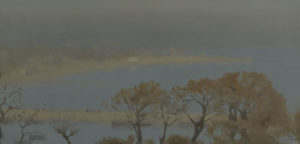
Worked at the studio and workshop of J.-P Laurent
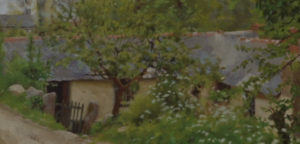
Was elected a member of the Royal Academy of Arts
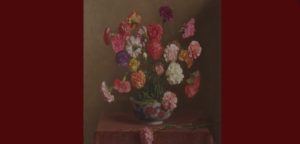
The family permanently settled in the colony of artists in Newlin
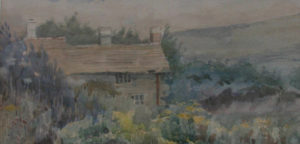
The artist and his wife made a trip to Italy
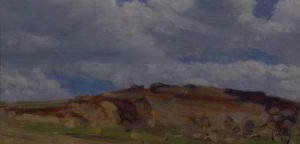
New creations of Gotch received universal recognition
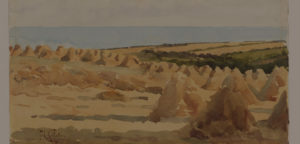
Received a gold medal at the Berlin exhibition
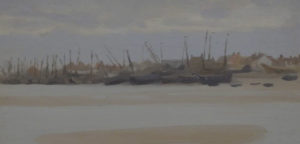
He was one of the founders of the British Royal Colonial Society
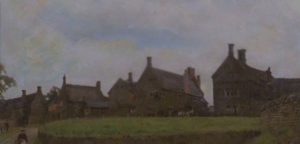
The death


